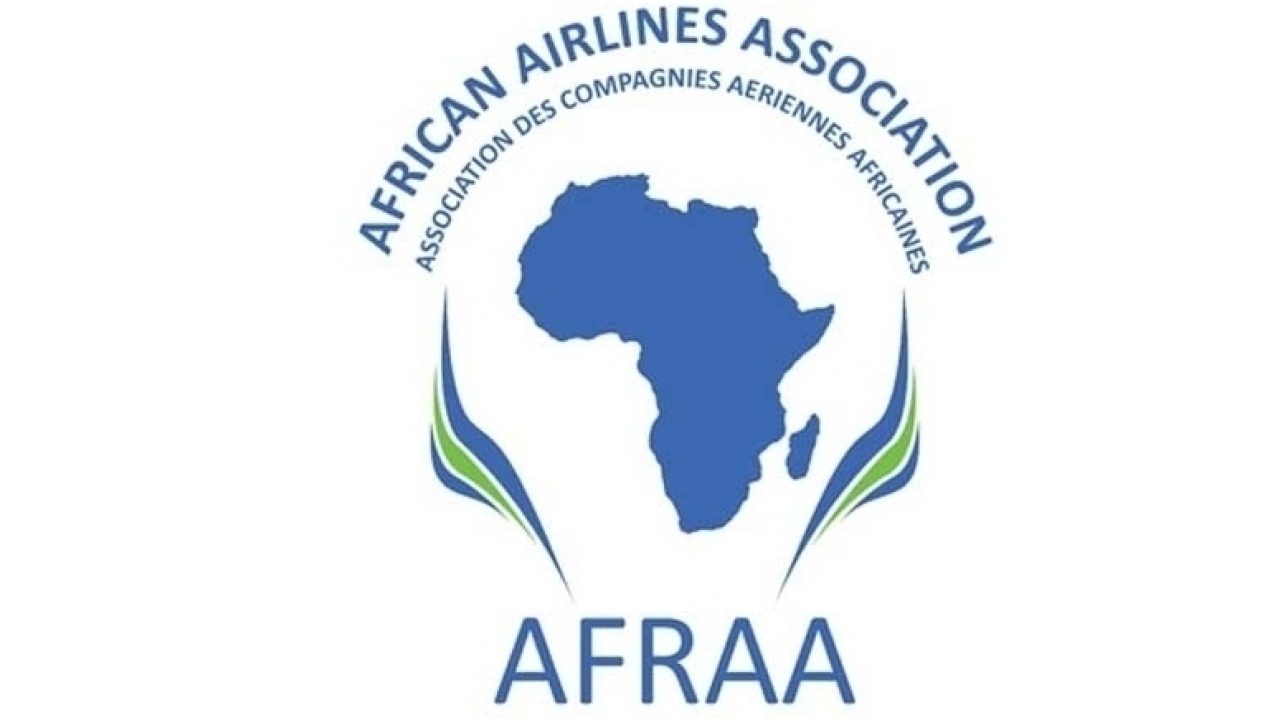AFRAA releases the 2020 Africa Air transport report

The report gives an in-depth analysis of Africa’s air transport industry performance for 2020 covering: financial performance, passenger and cargo traffic evolution, airport ranking, intra Africa connectivity and openness.
AFRAA 2020 Africa Air transport report Highlights
1. Financial performance
2020 was an exceptionally difficult year in history. The travel industry was severely impacted by the COVID-19 pandemic. The estimated Passenger Revenue loss for Africa airlines in 2020 is US$ 10.21 billion.
2. Passenger Traffic Evolution
The number of scheduled Passengers carried by African airlines dropped from 95 million in 2019 to 34.7 million in 2020, representing a year-on-year decline of 63.7%. The reduction in traffic continued until June, before reversing with the gradual opening of borders.
Northern Africa was the leading region in terms of passenger volumes, representing 36.6% of the total continental traffic. This was followed by Eastern Africa with a share of 22.2%.
3. Airport Ranking
Johannesburg and Cairo were the busiest airports in Africa in 2020. The only West & Central African airport in the top 10 ranking is Lagos.
In terms of cargo volumes, Nairobi Jomo Kenya airport was top, handling more than 330 thousand tons of freight during the year 2020. Cairo was second with 280 thousand tons.
In terms of airport charges, Lusaka had the highest level of airport charges while Mahe Island had the lowest. Some of the busiest airports in Africa like Johannesburg, Addis, Algiers are among the least expensive. This indicates that lowering the airport charges can have a positive effect on traffic.
4. Intra Africa connectivity and openness
Among the 54 countries in the African continent, 13 have direct flights to more than 20 African countries. Ethiopia and Kenya lead with 30 direct flights and more to other countries within Africa.
However, intra-African connectivity remains low. African airlines should take the opportunity to develop their Intra-African Network, especially in this period where the EU has limited travels to Europe.
Stay up to date
Subscribe to the free Times Aerospace newsletter and receive the latest content every week. We'll never share your email address.

